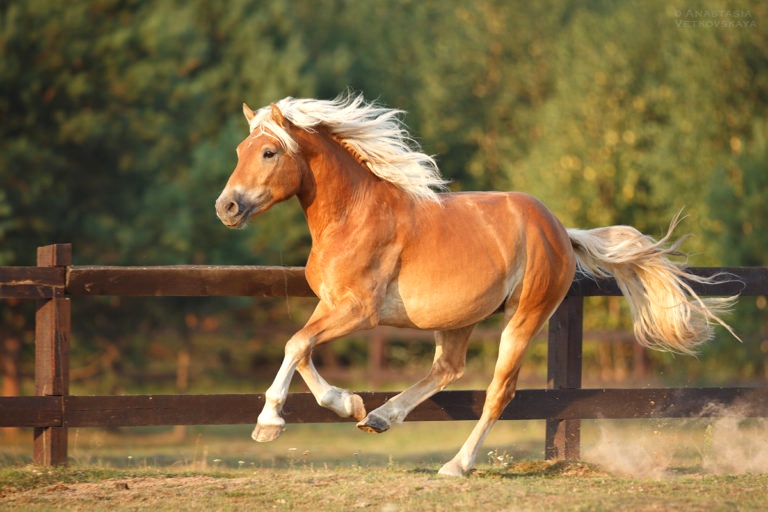World War II was one of the most destructive and devastating wars in human history. It brought about the end of the Third Reich, the liberation of numerous countries, and the death of millions of people. But the war also had a devastating effect on the animal kingdom, particularly horses. Millions of horses were killed in World War II, and the exact number is still unknown. In this article, we’ll explore the history of horses in WW2, how many horses were killed, the role they played in the war, and the legacy they left behind.
Introduction to Horses in WW2
Horses have been used in warfare for centuries. They were essential to the success of many militaries in the past, providing speed, strength, and agility. During World War II, horses were used by all sides in the conflict, from the Germans and the Japanese to the United States and Britain. The war saw horse-drawn vehicles, cavalry, and pack animals used in various roles. In total, more than 8 million horses were conscripted into military service.
The Role of Horses in WW2
Horses were used in a variety of roles in World War II. They were used to pull heavy artillery, transport supplies, and carry messages. Horses were also used in cavalry units, where they were trained to fight alongside the infantry. They were even used to carry out scouting and reconnaissance missions. In addition, horses were used to carry out medical evacuations, as they were able to traverse difficult terrain and carry wounded soldiers to safety.
The Numbers: How Many Horses Killed in WW2?
The exact number of horses killed in World War II is unknown due to a lack of reliable records. Estimates range from one to three million horses killed during the course of the war. While this is a large number, it is still only a fraction of the total number of horses conscripted into military service during the war.
The Impact of Horses on WW2
Horses played a vital role in the success of the Allied forces in World War II. Their ability to traverse difficult terrain and carry heavy loads made them invaluable for the transportation of supplies and equipment. Horses also provided a formidable presence in the cavalry units and allowed for the quick delivery of messages and orders across the battlefield.
The Fate of Horses After WW2
At the end of World War II, the fate of horses was uncertain. Many countries no longer had a need for horses in their militaries, as they had been replaced by motorized vehicles, tanks, and aircraft. This led to a surplus of horses, with many of them being sold off or slaughtered for food.
The Legacy of Horses in WW2
Despite the tragedy of so many horses being killed in World War II, the legacy of horses in the conflict lives on. In many countries, the memory of horses’ bravery and courage in the war is still remembered and honored to this day. Horse memorials have been erected in many cities and towns, and the memory of their service to their countries is still celebrated.
Conclusion
World War II was one of the most devastating and destructive wars in human history. Millions of people lost their lives and countless animals were killed in the conflict. Horses were among the animals that were slaughtered in the war, with an estimated one to three million horses killed. While this is a large number, it is still only a fraction of the total number of horses conscripted into military service during the war. Despite their tragic fate, the legacy of horses in World War II still lives on, with horse memorials erected in many cities and towns and their service to their countries still celebrated.
References
1. “World War II: Animals in the War”, The National WWII Museum, 2020.

